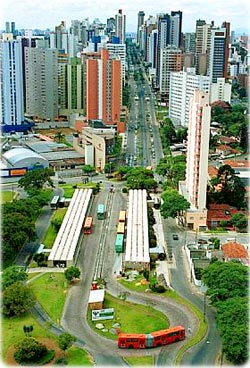
Although the notions of richness and poverty need so much more discussion & clearance - as was started in one of the Key Concepts seminar- I just wanted to post here a link for a quite surprising recent research.
Basically, it says that low-income people who were living in higher-income neighborhoods died at substantially higher rates than the poor who were living among the poor.
Why?
One theory is primarily economic. "They may have a home right next to a health clinic, a pharmacy or a private gym, but proximity does not mean access,'' said Winkleby. Instead of enjoying a movie or a game of racket ball after work, the poor person living in the wealthy neighborhood might be working her second shift just to keep up with the rent.
Another theory reaches for a sociological explanation -- that people who feel isolated or out-of-place tend to have poorer health than those who feel part of a community, no matter what their economic status. “You look out every day and you’re at the bottom of the social ladder.” Loneliness can be a killer.
For example:
70% - The higher risk of death during the period of the study for low-income women who reside in higher-income areas compared with their wealthier neighbors.
60% - The higher risk for low-income women who reside in higher-income areas compared with low-income women in poorer areas.
---
I haven't managed to find any responses to the research by any planners-urbanists. Would be very interesting though.
For more see the Stanford Institute homepage and an article in "Postimees" ("Rikkurite naabrus lühendab vaeste inimeste eluiga").


